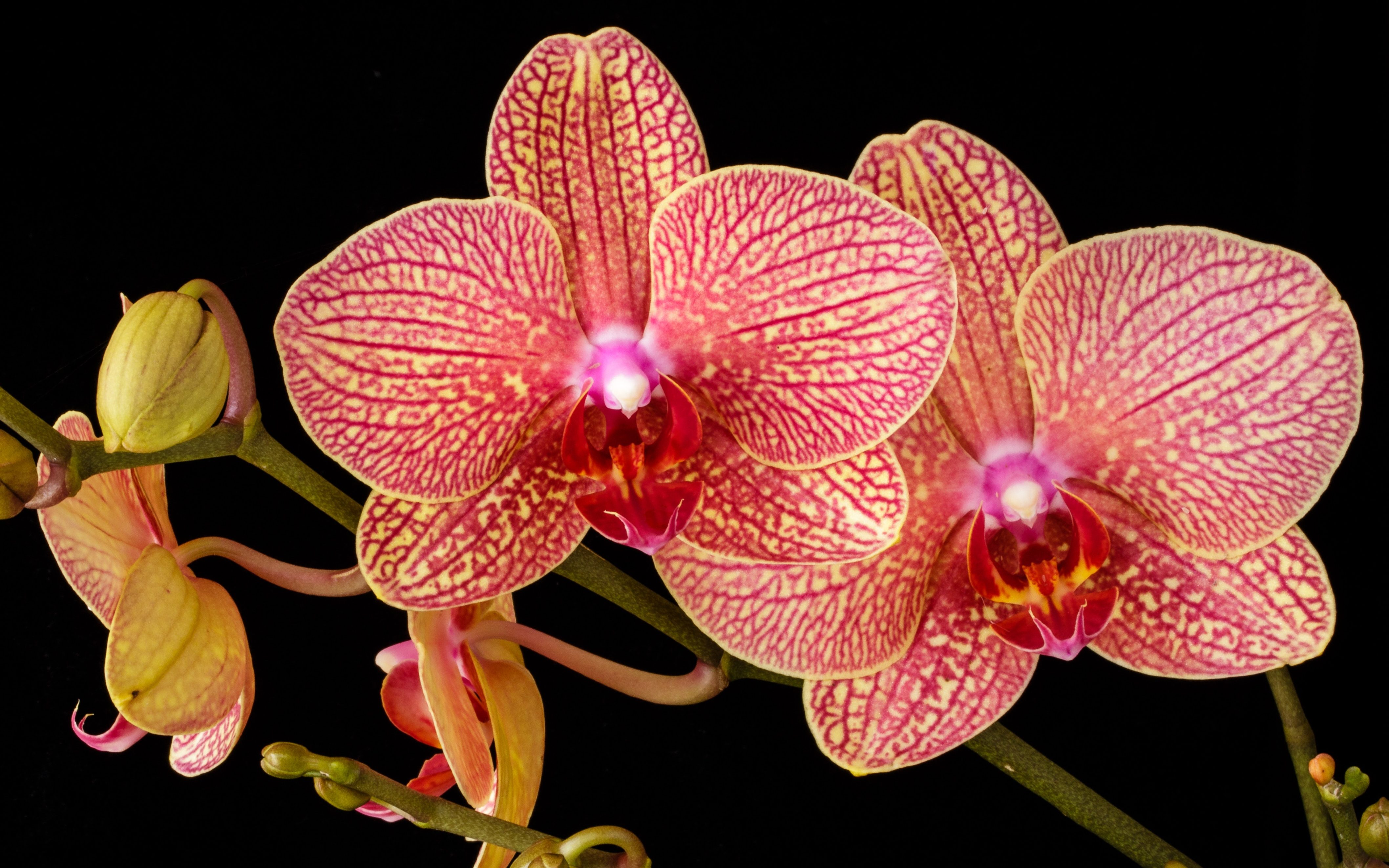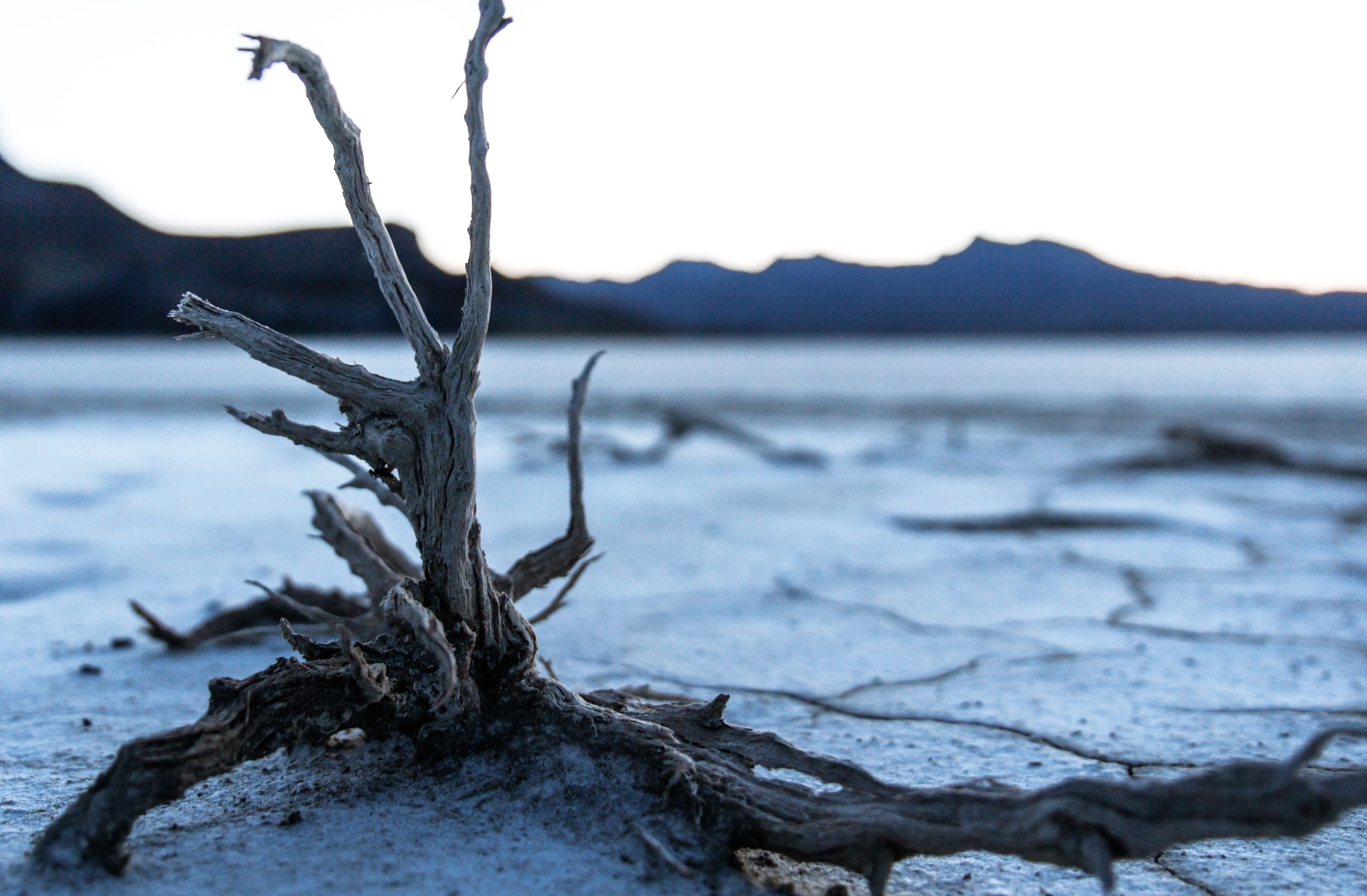You want to properly care for your orchid so that it can show off its full blooms? Then feel free to read our article. Because here you will learn how to cut your orchids without making a mistake. After all, you also want your beloved plant to feel comfortable with you. Ultimately, this is what matters:
Why do you have to cut your orchids?
You've probably asked yourself from time to time why you have to cut your orchid plants at all? For example, there is no need to cut back leafy greens, since the plant only has a few leaves and cannot grow in all directions. Nevertheless, you can and should pull out the scissors on your orchid from time to time to enable healthy growth. Especially the dried flowers and flower stalks should be cut off after the flowering period. As a rule, the green leaves should not be cut off at all. They dry up over time and eventually fall off on their own. The special thing about the orchid, the dried roots should also be removed from time to time.
When do you have to prune your orchids?
Of course, you should always carefully cut off the dried flower stalks after the flowering period. As long as the plant is still flowering and the stem is green, you should leave it alone. You can remove the dried and rotten roots, which the orchid no longer uses to absorb water, by regularly repotting.
Tip: In order to be able to cut your orchids, you should definitely use a sharp and clean knife. It would be optimal if you disinfect the knife with denatured alcohol or boiling water beforehand.

Remove dried flower stalks
Whether you have to cut off the flower stalks depends primarily on the type of orchid. If your plant is a single-shoot orchid variety, such as the lady's slipper (Paphiopedilum), you can cut off the withered and dried flower stalks directly at the base. However, if it is an orchid with multiple shoots, such as the Phalaenopsis, then you should cut off the stem directly above the third thickening (knot or also called eye) from below. You can repeat this process two to three times after the flowering period until the stem dies.
Remove dried roots
When you are repotting your orchid, you should always check whether it has dried up or rotten roots. First remove the orchid soil here. However, your plant should have fewer rotten roots, as this means that it occasionally has backwater or waterlogging in its pot, which you don't get at all.
Caution: Please do not cut off intact green roots and the so-called aerial roots (white) that hang out of the ground. Even if you don't think they look so pretty, your plant needs them badly. Therefore, be sure to leave it on the orchid. 
Proper care for orchids
Now you've learned a bit about how to prune your orchids without dying. If you have any further questions about orchids, please read our other articles about this special plant: Correct orchid location, Repotting orchids



















Leave a comment